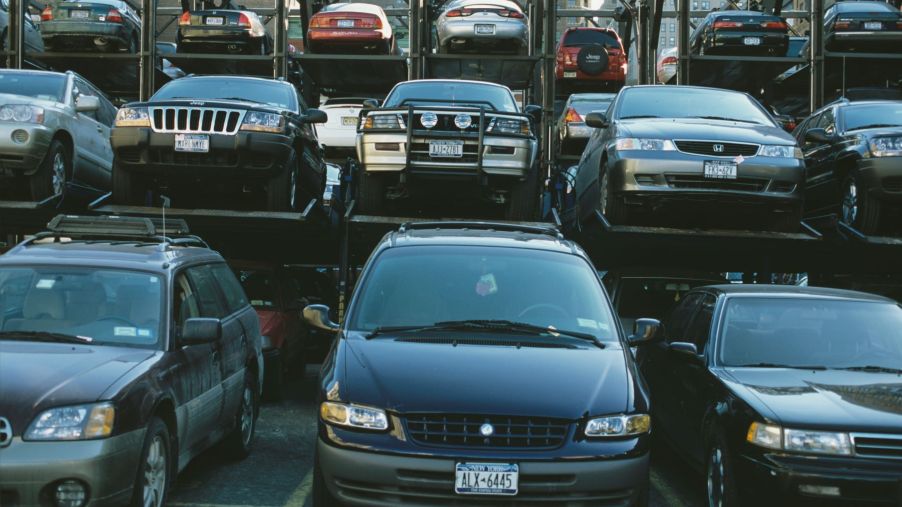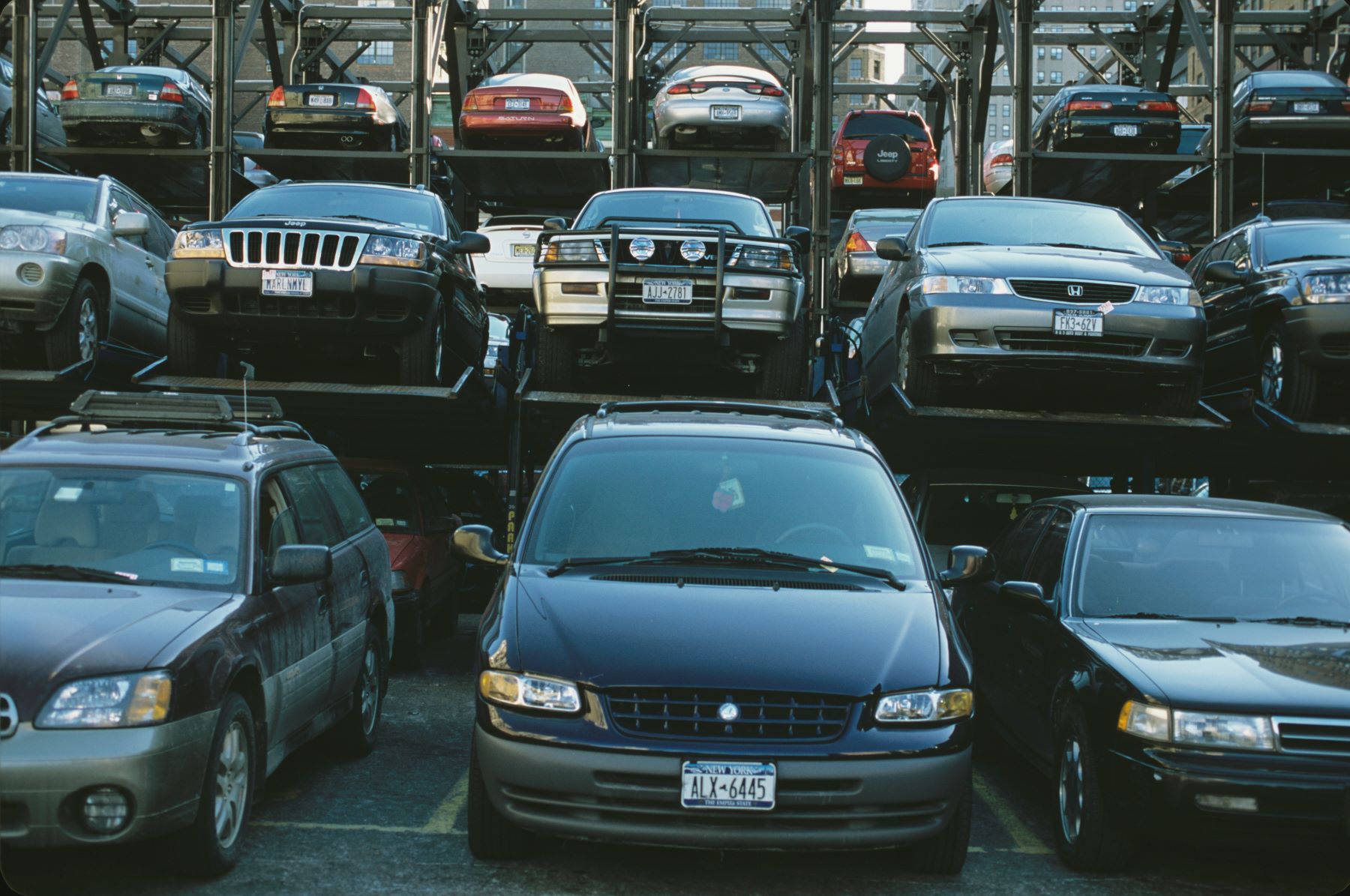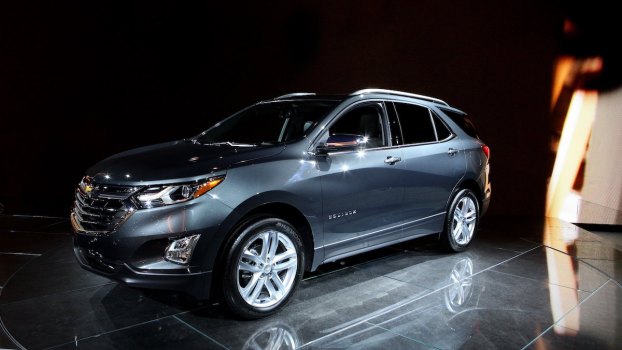
The Most Overlooked Way to Get a Great Deal on a Used Car
Used car prices fell 2% in November, followed by a 3% drop in December, lowering the average transaction price by $1,000. It’s a bit of good news after the price increases of the past two years.
Market analysts expect prices to continue falling due to inflation and higher interest rates. However, when and by how much are anybody’s guess. Fortunately, if you’re in a position where you need to replace a car and can’t wait for prices to fall further, there is a way to get a great deal on a used car. It’s no big secret, just an overlooked or forgotten time-honored strategy of buying a less popular vehicle.
Not all used cars are created equal
Right now, most electric and plug-in hybrid vehicles remain hot, with the Chevrolet Bolt, Nissan Leaf, and Toyota Prius Prime still fetching high prices. Hybrids, including the Toyota Camry and Honda Accord, are still up as well. In fact, only the Tesla Model 3 is down over last year, dropping an average of 11.6%, according to iSeeCars.
Like fashion and music, cars go through fads. Vehicles that were in high demand five or 10 years ago are now as popular as stale bread or microwaved fish. Before you know it, those cars are sitting in the back row of the dealer’s lot like the shy kids at a high school dance. Still, like those shy kids, these cars have a lot going for them if you give them a chance.
Minivans are much cheaper than SUVs
Over 40 years ago, minivans were all the rage. Baby boomers starting families rejected the large wood-paneled station wagons of their parent’s generation for smaller, boxier, wood-paneled minivans, which were the latest thing. Then in the 1990s, minivans fell out of fashion faster than pastel suits as people embraced SUVs.
However, SUVs were based on four-wheel drive pickup trucks that rode like trucks, drove like trucks, and got poor gas mileage. People didn’t want that, so most SUVs evolved into kinder, gentler, unibody crossovers that grew larger and more spacious until they were almost like minivans again.
Still, while used SUVs remain popular and are only about 3% cheaper than last year, used minivans are down 6% and are much cheaper to buy because they are not as popular as SUVs.
Pros and cons of minivans vs. SUVs

The biggest problem with the minivan is that it looks like a minivan. Discerning moms won’t go near one if they can buy a three-row crossover. A minivan is something their mom drove, and it’s as uncool as the full-sized wagon their grandmother drove.
Still, here’s the thing about minivans: not only are they cheaper, but in just about every measurable way, they are better vehicles. They are roomier and more practical. They can haul more things. The larger ones will fit eight people and their luggage, haul 4” x 8” sheets of plywood, or swallow a pair of motorcycles.
Not to mention cupholders. Minivans have LOTS of cupholders.
Which build should you buy?
If you want the most versatile vehicle for the lowest price, the minivan wins. Plus, there are some really good ones out there, including the Chrysler Pacifica, Honda Odyssey, Kia Carnival, and Toyota Sienna. When buying new, all those models can be loaded with leather and enough luxury to make a Cadillac Escalade jealous.
The only reason to buy an SUV is if you need four-wheel drive or all-wheel drive with better ground clearance for offroading. Yet, unless you live down an unpaved logging road and have to cross a stream regularly, a minivan will go anywhere you need it to. Finally, even if you don’t think you need all of the space in a minivan, it’s good to have it.




